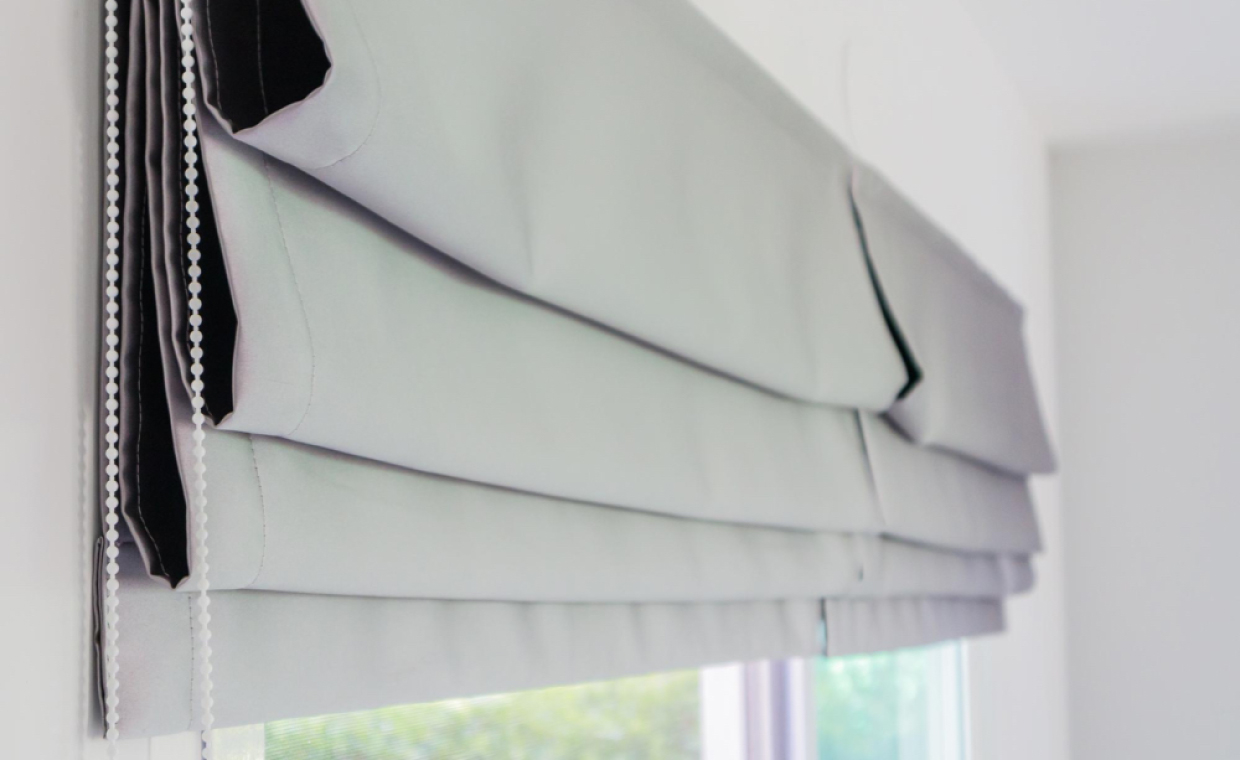
If you live in a metropolitan city, one of the major issues you will face is the vehicle honks or the noise created from the surroundings. Furthermore, if your building is located near the Highway or main roads, one of the most common problems that you have to deal with is the continuous noise created due to the heavy traffic. Today, people are in search of homes that reflect their personalities, with spacious living areas and a place where they feel calm and relaxed. So, here’s to know in depth about noise control in buildings.
Noise is an unwanted sound, which is high in frequency and causes irritation after hearing it. When you hear an unpleasant sound, it is noise. Sound more than 85dB is considered as noise, because any sound that is more than this range will irritate us.
It is very difficult to get rid of noise, despite this being hazardous for our health. Mentally, it irritates us, makes us angry and also breaks our concentration. Physically, it gives us problems like hearing impairment and sometimes total hearing loss. So, it is essential to look for ways to decrease noise pollution and its effects on our homes or building or structure, so that we enjoy our life peacefully.
There are techniques of acoustic planning of building during construction, which can protect your home from excessive noise. In this article, you will learn how to control the noise in the buildings, which is one of the most important requirements of any building.
This article contains all the essential information related to the noise control system like the problem of noise, how it moves, what to avoid during noise control, construction techniques in acoustic planning of the building, construction of windows for acoustic control in the building, etc.
Problem of Noise in the Built Environment

Noise is basically an unwanted sound that everyone wants to get rid of, especially those who like a peaceful environment. But on the contrary, it is something we cannot get rid of entirely in this world.
We are always surrounded by some kind of noise everywhere. Whether it is a home, office, school, outdoors or cafes, noise is everywhere, irritating us. We have now got so used to being surrounded by noise that sometimes, we fail to understand if the noise is bothering us or not. Noise affects everyone here, but people rarely do anything about it.
When we are at home, we want comfort and peace, but the noise makes it impossible. If you go outside, you can hear honks of vehicles, barking of dogs, people talking while walking. You rarely can get a rest from this noisy world.
When you are in the office or classroom, noise is there to give you company. Like in the office you can hear your colleagues talking, the sound of office machines, telephones, etc. The same thing happens when you are in the classroom you can hear the voice of your classmates discussing something. It not only irritate the students but is also a hindrance in the path of their learning which can cause a problem for their future.
Noise comes from many sources, and it affects people not only mentally but physically too. So it is a need of today’s world to construct buildings that can restrict noises from entering into the interior space of the structure. The Corporate sectors, Schools, Colleges, and organizations want Noise Control of the Buildings. Please read further to understand that how sound waves travels?
Let us understand How Sound Moves

Sound is created when molecules in air vibrate by external effect. It is an energy that is first produced when the source of sound vibrates, and then it travels in the air and makes the air vibrate, too.
Sound starts from the source of its origin, travels through air, reaches the ear and then goes to the brain. It travels through one medium, but it can be more than one medium too.
Construction Techniques in Acoustic Planning of a Building

It is becoming inevitable for us to look at the noise as one of the major obstacles preventing us from leading a peaceful life. That brings us to look at various components that need to be incorporated in a building to bring down a major irritant like noise to the minimum. Here are some of the construction techniques in acoustic planning of a building that can help us achieve the noise control in buildings.
01. Usage of Sound Absorbing Blankets

The use of sound-absorbing blankets helps to block the sound and acts as a very effective sound barrier. It will help to shield the home from external noise. The sound-absorbing blankets enable the increase of sound attenuation.
02. Sealing of Cracks

The Noise can be restricted to a great extent if the walls are properly sealed at the cracks. You may wonder how small cracks can contribute to the entry of sound into the environment of the building. But proper sealing of the cracks and the edges of the wall helps to make the interior of the home soundproof.
03. Installation of Studs in a Staggered Manner

The Studs are arranged in a staggered manner that helps to reduce the noise by absorbing it and reducing the intensity of the noise. In the construction of the staggered stud, you will get an extra air cavity which helps in the slow movement of the air that helps in the isolation of sound.
04. Use of Dissimilar Panels
The use of the dissimilar panels having different thicknesses and materials will help to reduce the noise and also help to increase the sound insulation of the walls of the building.
Acoustic Materials Used in Construction
Following are the different types of materials that are used in noise control of the buildings:
- Acoustic plaster
- Acoustic tiles
- Perforated plywood
- Fibrous plaster
- Straw board
- Pulpboard
- Compressed fiberboard
- Hair felt
- Corkboard slabs
- Foam glass
- Asbestos cement boards
- Thermocol
- Foam plastic
- Chipboards
- Gasket cork sheet
- Hair felt
- Acoustic foam
Acoustic Properties of Construction Materials
The construction materials have acoustic properties that are as follows:
- Sound energy is captured and absorbed.
- It has a high absorption and low reflection of sound.
- At low frequency, the higher density improves the sound absorption efficiency.
- Low flammability performance because of high density.
- It is good for environmental causes as it controls the sound and noise levels from machinery and other sources.
- Energy of sound waves is suppressed as they pass through acoustic materials.
- Echoes, reverberation, resonance, and reflection are suppressed by it.
Construction Techniques for Noise Control in Buildings
There are many techniques for noise control in buildings. The construction of a few things can save you from excessive noise. For noise control, walls, doors, windows, ceilings and the floors can be constructed with some techniques to solve the noise problem of the house.
Before construction, you have to go through all the things you can do for noise control. After that, apply those planning during construction. Here below is control of window for sound control is given.
Construction of Windows for Noise Control in Buildings
Windows are used to see the outer world from your own world (your home). Sometimes you see good things and breathe fresh air. But sometimes you don’t like things happening in front of your house and most importantly the noise it can transfer from outside.

So it is best to insulate it, before the noise can do any harm to you.
Here are some techniques for construction of window for noise control:
Firstly, plan the location of the window in the layout of your house before the construction of the house. Preferably, choose a location where the possibility of noise entering the house from outside is the least. Secondly, select an appropriate size of the window. Many people like large windows, but large windows cause problem in noise control. Pick thick and soundproof materials for the windows. Glasses used should be thick enough to not allow the noise from entering the house. Double-glazed glasses or any thick glass can be used. Wood used should be of high density.
Number of windows should be less to decrease the effect of the noise. Choose the number of windows according to the need.
Conclusion
Noise is unwanted, but it is everywhere you go. So we should consider methods which will subdue the noise and contribute to our healthy living.
I hope this article helps you to understand the measures that you have to take for the noise control of the Buildings.
Besides noise control, if you are also interested to know about sound absorption, here we have an amazing article:
Acoustic Panels | Soundproof Panels for Ceilings and Walls
Image Courtesy – Image 3, Image 4, Image 5, Image 6, Image 7 – plinthandchintz
Author Bio
Aditya Bhople – Aditya Bhople is a Technical Content writer and has done his Diploma in civil engineering and currently pursuing B.tech in Civil Engineering from Vishwakarma Institute of Information technology, Pune. He has 3 years of experience in Content development especially in the construction niche and works as a content writer with various websites and companies. He is passionate about research in Innovative Topics in civil engineering. You can reach him on Linkedin and Instagram.






























